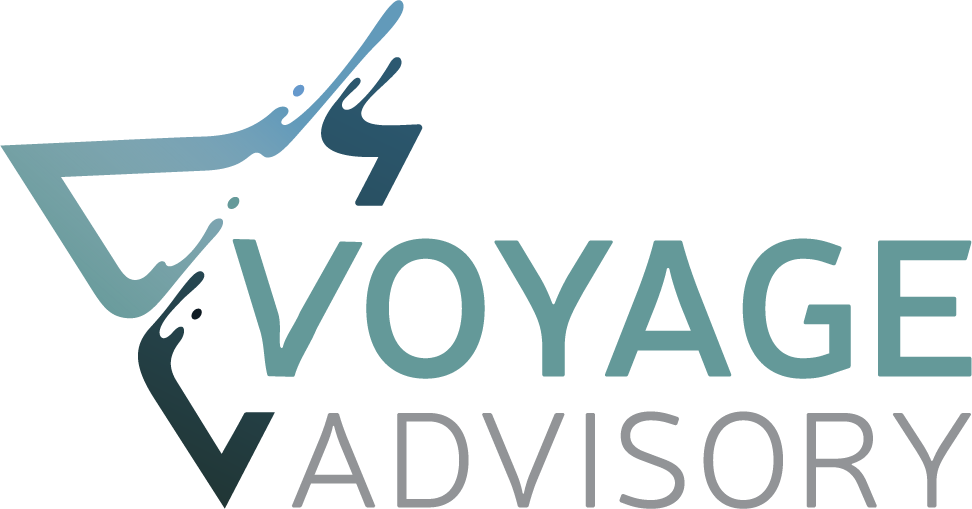Navigating the Fallout of Bank Failures: How to Absorb the Impact and Strengthen Customer Service
During the past few days, regulators have shuttered Silicon Valley Bank and Signature Bank, creating a tidal wave in the banking industry and the stock market at large. Even though the government has taken unconventional measures to guarantee all deposits at those two banks, the fallout will likely continue, with ripple effects across the industry. This intensifies an already challenging situation for banks, where rising interest rates have decreased loan applications and increased default rates.
Customers are likely to be scared and confused, leading to a potential customer service nightmare – with calls, branch inquires, and withdrawals – by scared and confused customers. The recent events have created unprecedented challenges for banks as they scramble to reassure their customers and provide necessary information in a timely manner.
Banks receiving an influx of inquiries can take the following steps to reassure customers and reinforce good customer service:
1. Update your IVR with messaging to reassure callers
Updating your IVR (Interactive Voice Response) system is a crucial step to reassure callers during the current situation. Your IVR message should provide relevant and up-to-date information regarding the current situation, such as changes in policies and any government regulations that have been put in place to address the situation. A clear and concise message would help reduce customers’ anxiety and provide clarity to them.
2. Revamp schedules, forecasts, and workforce management practices to prepare for additional inquiries
As customers rush to call and inquire about their accounts, ensure that your contact center is prepared to handle the increased volume of calls. Banks need to analyze their workforce management practices and optimize their scheduling and forecasting to prepare for the additional call volume and this may involve overtime or temporary process changes to drive efficiency.
3. Use speech and text analytics and other call and chat listening tools to understand trends and characteristics
Using speech and text analytics and other call and chat listening tools can help banks understand emerging trends and inquiry characteristics. It provides valuable insight into the actual concerns the customers are discussing with the bank, which will facilitate targeted training and communications to support customer service representatives.
4. Update knowledge base and training materials
To provide consistent and accurate information to customers, update your knowledge base and training materials to reflect questions about bank failures, FDIC insurance, and other emerging topics.
5. Write script language and talking points for customer service representatives
During these challenging times, customer service representatives must provide accurate and reassuring information to customers. Banks should provide their representatives with talking points and scripts to ensure consistency in their messaging and avoid any confusion or misinformation. A starting point might be some kind of question and answer list based upon actual caller questions that could be refined on a regular basis using analytics.
6. Create digital collateral that can be distributed to concerned customers
Creating digital collateral, such as FAQs and other informational materials, can help banks provide relevant and up-to-date information to their customers. This would also help alleviate the volume of calls and inquiries received by the customer service department.
7. Make arrangements for a temporary hotline or overflow call support
In the event of an overflow of calls, it is important to have arrangements in place for a temporary hotline or overflow call support. This would help ensure that customers' calls are answered in a timely manner and that they receive the necessary information and support.
8. Use data to segment customers closing accounts and making large withdrawals and create an outreach campaign to them
Banks should use data to segment customers who are closing their accounts or making large withdrawals and create an outreach campaign to them. This would help banks understand the reasons behind customers’ actions and provide targeted information and support to address their concerns.
Navigating through a crisis requires a proactive approach, and the above steps will help banks reinforce their customer service strategy and strengthen their relationships with customers.
Interested in Discussing This Topic Further? Contact us.
If your bank is struggling to manage customer service during this challenging time, Voyage Advisory can help. Our capable team of management consultants has financial services and contact center expertise and can start working on your situation immediately.
Email: hello@voyageadvisory.com | Call or text: 312.869.8000

